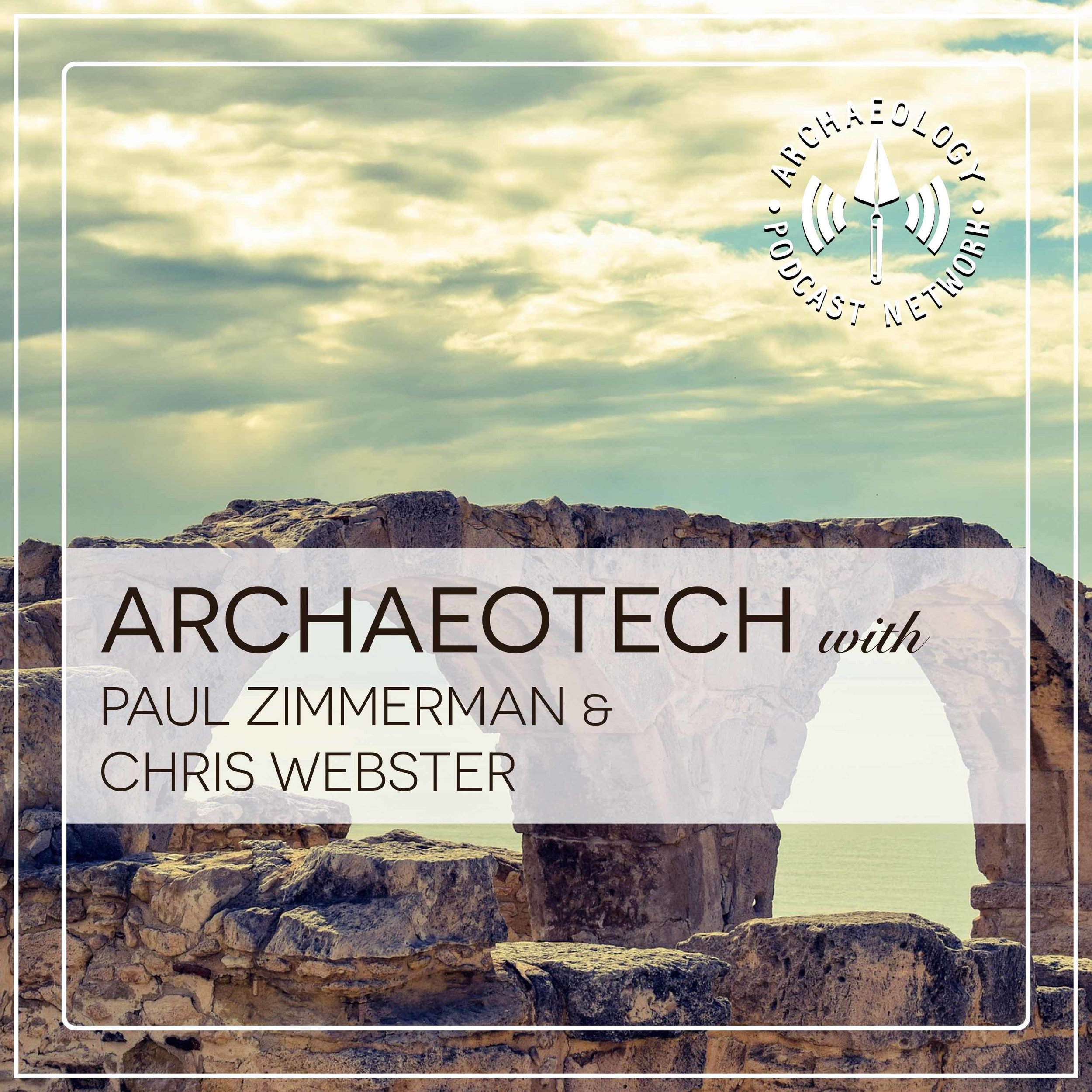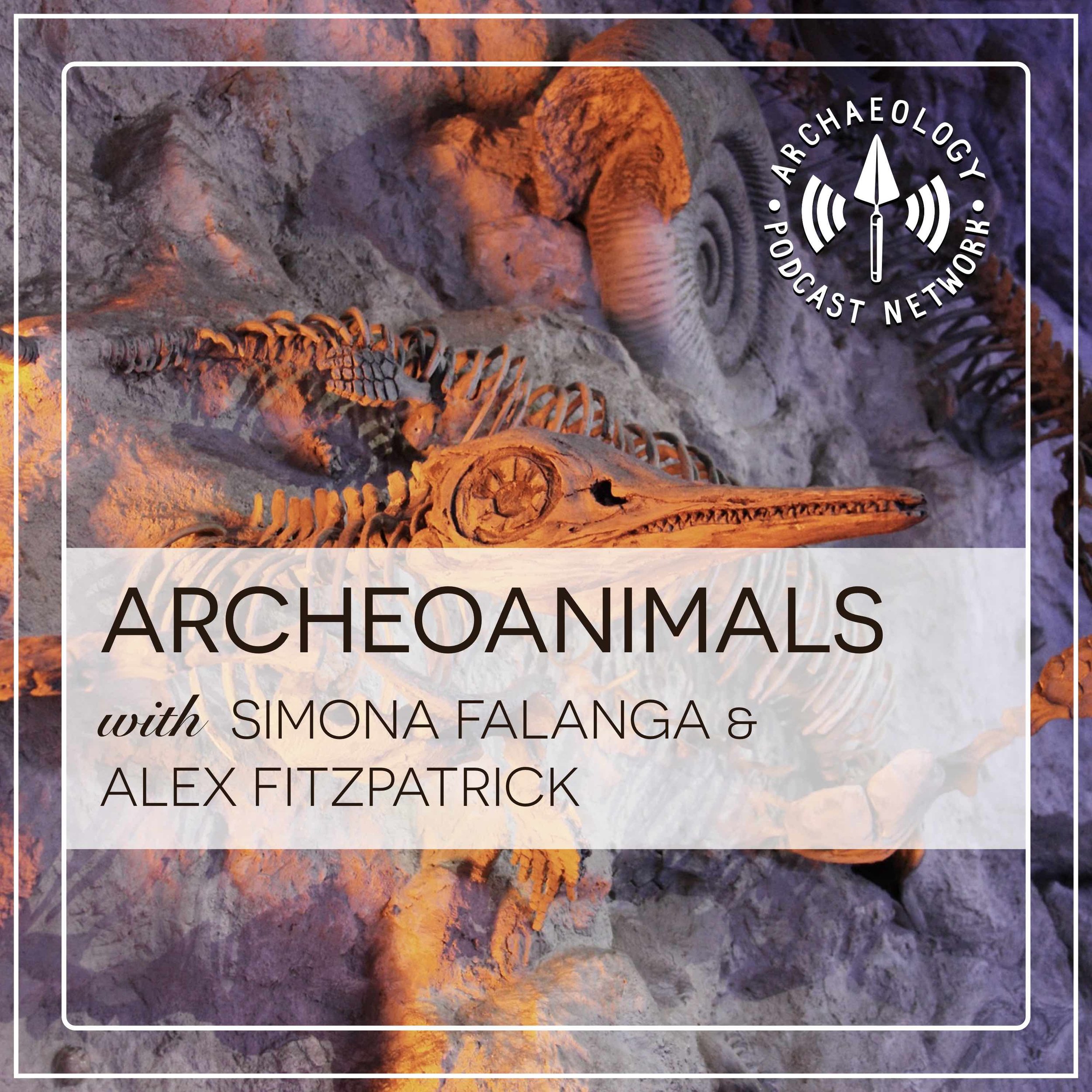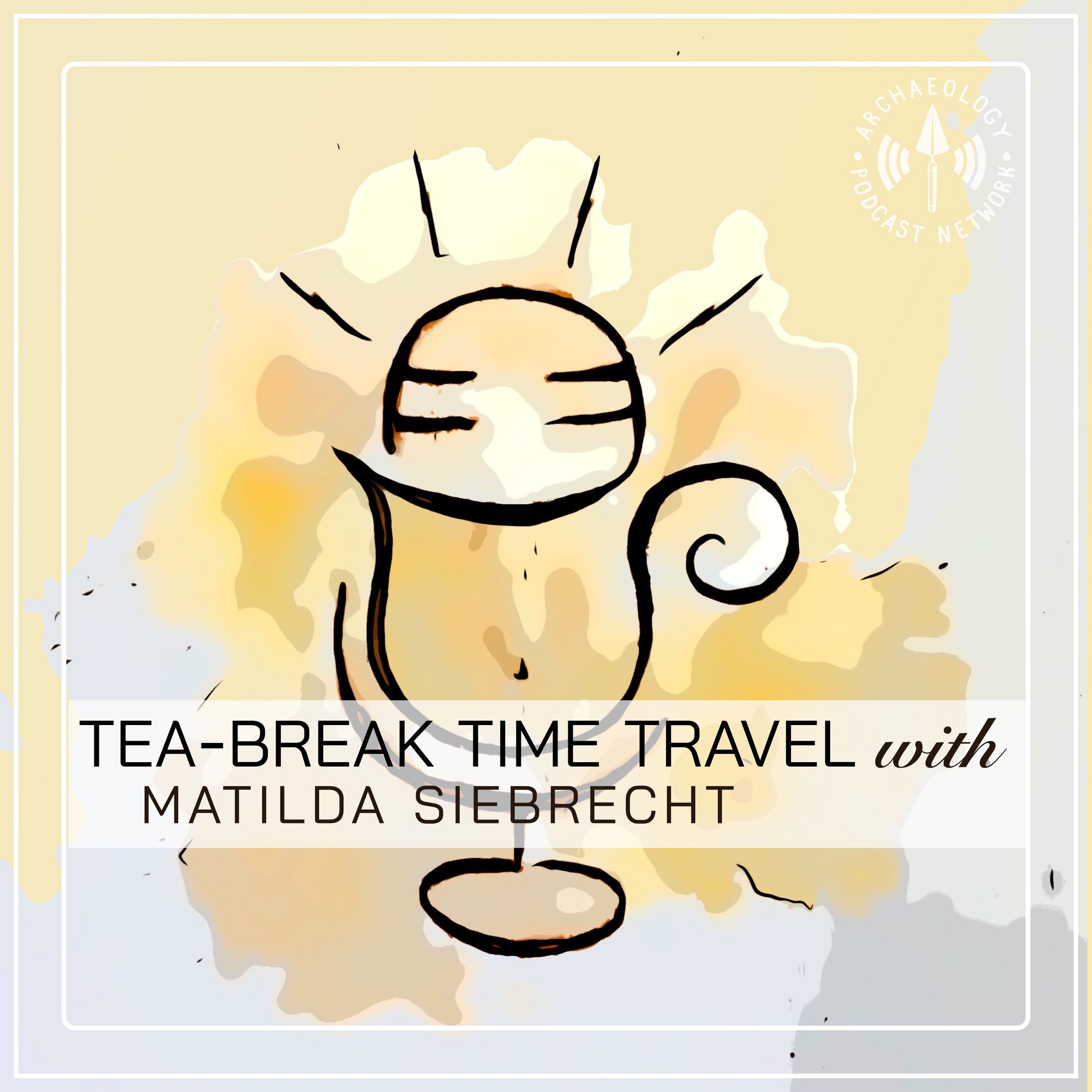On this episode of A Life in Ruins Podcast, the three lads are joined by Dr. Jesse Tune and Dr. Shane Miller to review Episode 6 of Graham Hancock's new show: Ancient Apocalypse. Before recording this podcast, the five of us watched the show together, took notes, and immediately recorded this episode. We outline the show's narrative, the sites Graham covers to support the disproven theories he perpetuates, and the "data" used to support Graham's Ice Age civilization. This show wraps up by discussing our thoughts about the show and the implications of Grahamcock's latest attack on science, archaeology, and public interest of the past.
If you have left a podcast review on iTunes or Spotify, please email us at alifeinruinspodcast@gmail.com so we can get shipping information to send you a sticker.
If you are listening to this episode on the "Archaeology Podcast Network All Shows Feed," please consider subscribing to the "A Life in Ruins Podcast" channel to support our show. Listening to and downloading our episodes on the A Life in Ruins channel helps our podcast grow. So please, subscribe to the A Life in Ruins Podcast, hosted by the Archaeology Podcast Network, on whichever platform you use to listen to us on the "All Shows Feed." Please support our show by following our channel.
Transcripts
Links
Literature Recommendations
Poverty Point as Structure, Event, Process by K.E. Sassaman (2005). in Journal of Archaeological Method and Theory
Placing the Poverty Point Mounds in their Temporal Context by Ortmann, A (2010) in American Antiquity
A new multistage construction chronology for the Great Serpent Mound, USA by Edward W. Herrmann, G. William Monaghan, William F. Romain, Timothy M. Schilling, Jarrod Burks, Karen L. Leone, Matthew P. Purtill, Alan C. Tonetti (2014). in Journal of Archaeological Science
Arguments for the Age of Serpent Mound by Lepper, B., Duncan, J., Diaz-Granádos, C., & Frolking, T. (2018). in Cambridge Archaeological Journal.
Radiocarbon Dates Reveal Serpent Mound Is More than Two Thousand Years Old by William F. Romain, Edward W. Herrmann, G. William Monaghan, Jarrod Burks (2017) in Midcontinental Journal of Archaeology.
Contact
ArchPodNet
Affiliates







